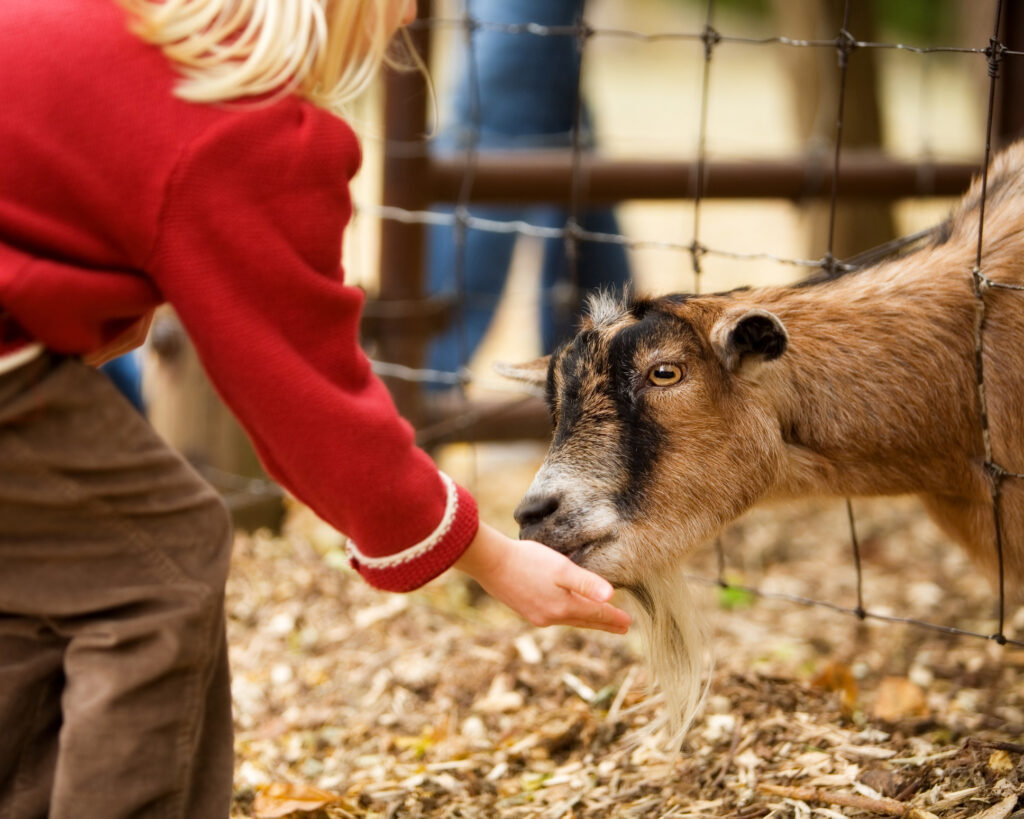Fairs, festivals, and similar events are making plans for reopening across the country. In addition to COVID-19 protocols, owners and operators will need to keep guests safe, especially if animals are involved. Operators need to be aware of the risks of animal diseases or zoonotic diseases. As much as guests love interacting with animals, these interactions aren’t without risk.
Zoonotic diseases are infectious diseases that are transmitted from animals to humans. Many of the germs and bacteria associated with zoonotic diseases naturally live in the intestines of healthy livestock and poultry and are found in the animal’s feces. Healthy animals are capable of passing zoonotic diseases to people.
Common zoonotic diseases include Cryptosporidium (parasite), Campylobacter (bacteria), Salmonella (bacteria), and E. Coli (bacteria).
As the fair season gets underway, operators can keep guests safe and reduce zoonotic disease transmission risks by following some simple guidelines.
How zoonotic diseases transmit from animals to humans
Diseases transmitted from animals to humans is not just a foodborne problem anymore. Zoonotic diseases are typically transmitted after a human comes in contact with an animal. Petting zoos, for example, are a prime place for transmission. Once the germs are on your hands, you can get them in your mouth while eating, drinking, or any other hand-to-mouth activity like smoking or thumb sucking. Petting zoos are typically designed for young children who might habitually put their unclean hands into their mouths.
Biosecurity recommendations for exhibitors
The good news is there are several ways to reduce the risks of livestock disease transmission at fairs. The following checklist will help exhibitors lessen the risks for guests:
- Keep a regular schedule for removing manure from animal pens
- Frequently clean and disinfect fence and corral panels that guests and animals can touch
- Provide sinks or washing stations at the exit area of the exhibition
- Have signage and volunteers that encourage best practices like keeping hands away from face area and hand washing after interacting with animals
- Make the handwashing experience as accessible and fun for kids as possible. Make sure the sinks are reachable for small children and look colorful and inviting. Give children a sticker after they wash their hands.
- Minimize contact time with animals by using volunteers to keep visitor traffic moving
- Put high-risk animals that are a more common source of germs, like young calves and goats, toward the end of the exhibit. Guest will be closer to the handwashing stations immediately following contact with high-risk livestock.
Following biosecurity recommendations and the CDC’s COVID-19 Considerations for Animal Activities for Animals at Fairs, Shows, and Other Events can go a long way in mitigating risks at your fair or event. However, a layer of risk will always exist that is out of your control.
McGowan Allied Speciality Insurance provides full coverage for owners and operators in the amusement and entertainment industry.
